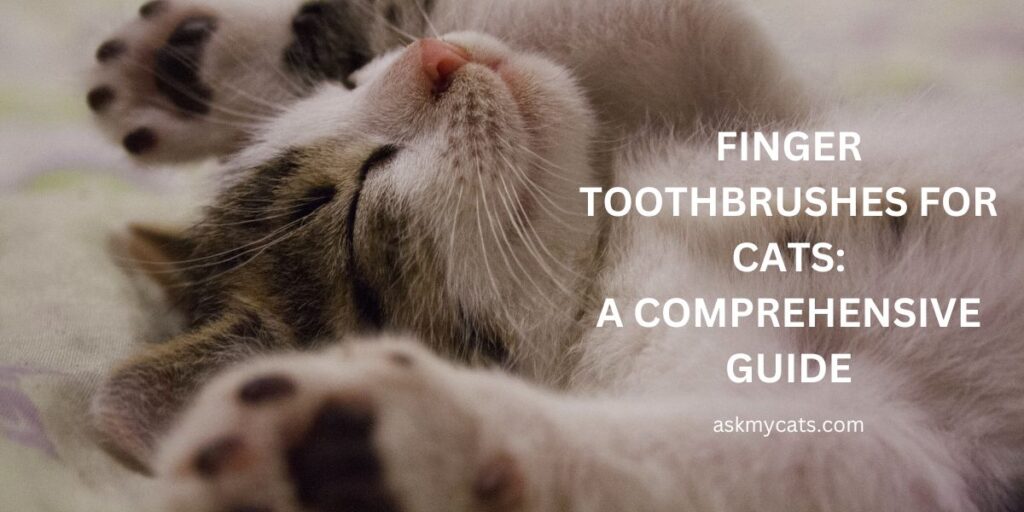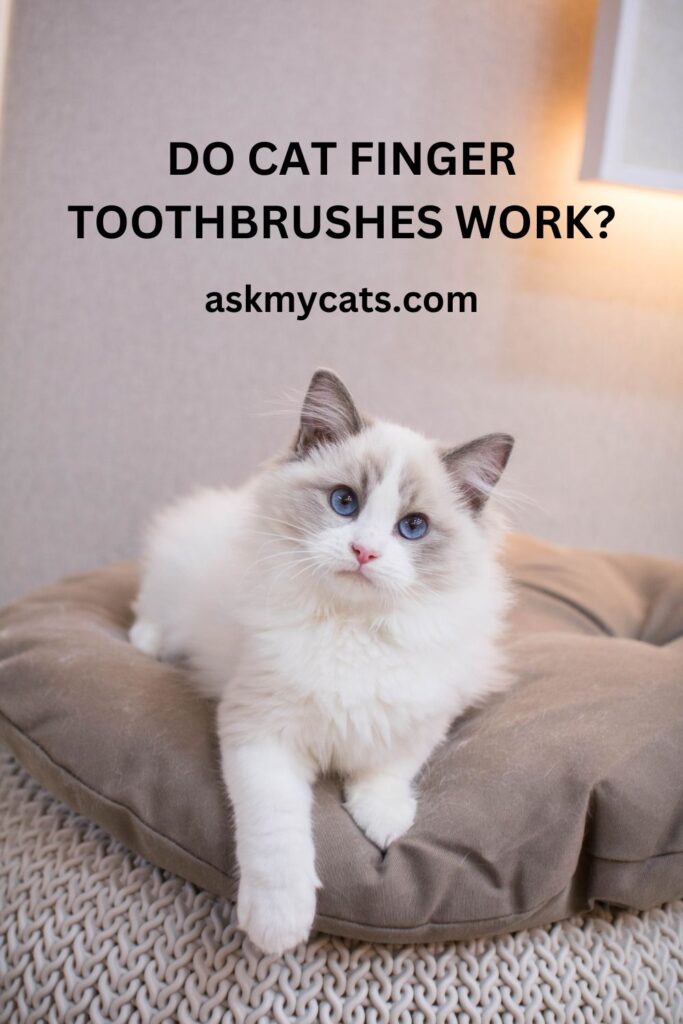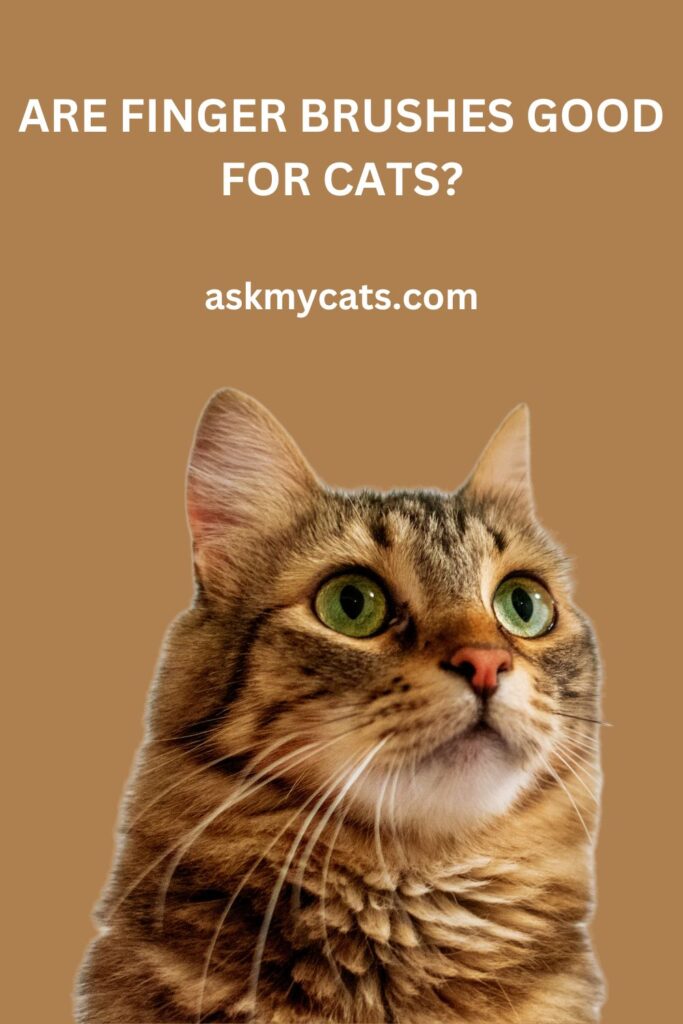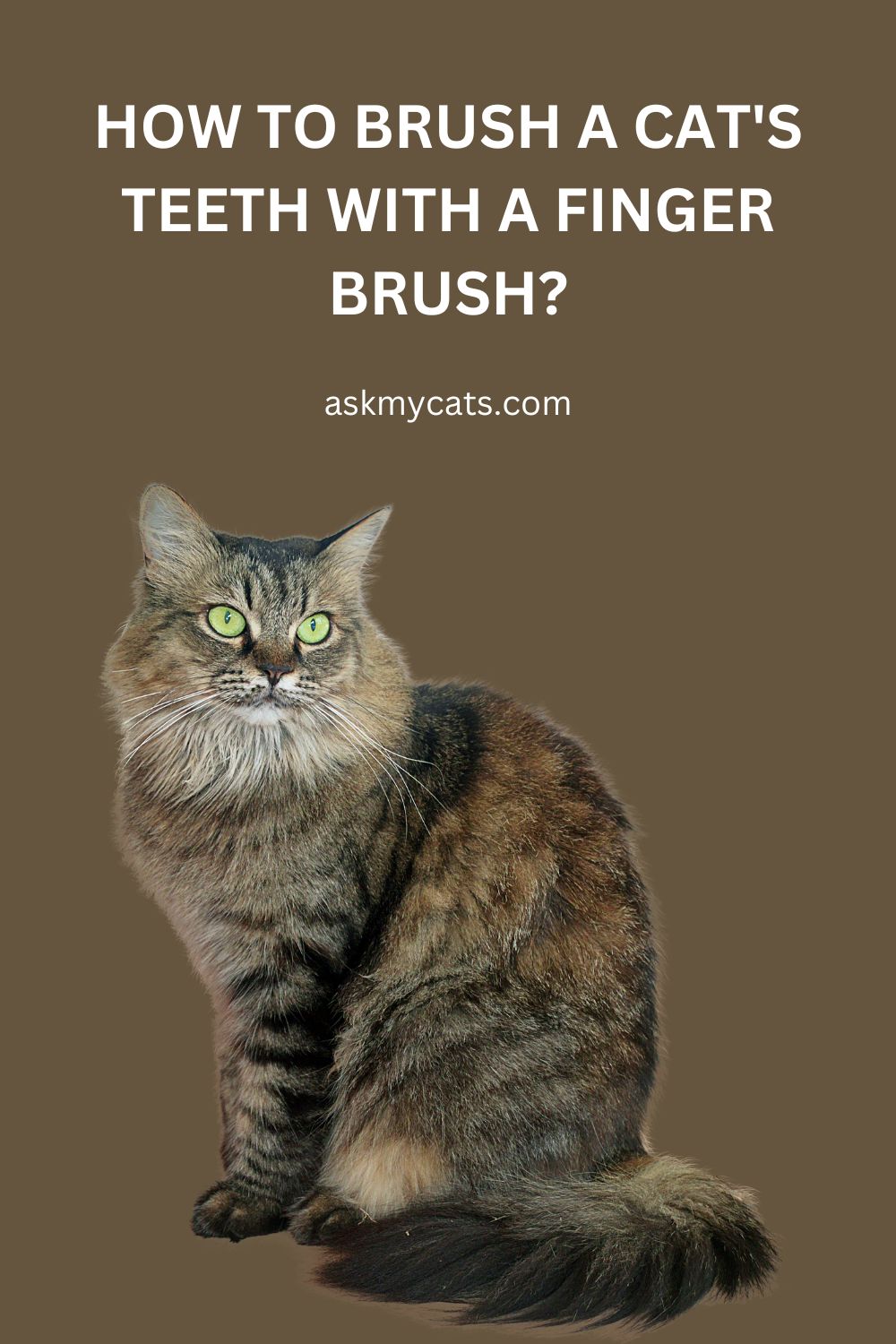Maintaining good oral hygiene is vital for our furry companions, and regular toothbrushing plays a crucial role in preventing dental issues in cats.
While traditional toothbrushes are commonly used, finger toothbrushes for cats have gained popularity in recent years.
In this article, we will delve into the world of finger toothbrushes for cats, exploring their effectiveness, benefits, and the proper technique for brushing a cat’s teeth using these specialized brushes.
Key Takeaways
- Finger toothbrushes are designed with soft bristles to be gentle on a cat’s gums and effectively remove plaque and tartar.
- They reach difficult-to-access areas of a cat’s mouth that traditional toothbrushes may miss.
- The gentle bristles of finger toothbrushes minimize discomfort and create a positive brushing experience.
- Finger brushes provide greater control, precision, and grip during brushing.
- Finger toothbrushes effectively remove debris, plaque, and tartar, promoting healthier gums and preventing dental issues.
- Finger brushes are convenient, slip-resistant, easy to use, clean, and maintain.
- Finger brushes minimize the risk of accidental harm to the cat’s gums or teeth.


Give Your Cat the Perfect Day
Get the Free Ebook!
Do Cat Finger Toothbrushes Work?

Finger toothbrushes for cats have proven to be effective tools for maintaining the oral health of our feline companions.
These brushes are specifically designed with soft bristles that are gentle on a cat’s gums and teeth while effectively removing plaque and tartar buildup.
By incorporating finger toothbrushes into a regular dental care routine, cat owners can significantly reduce the risk of periodontal disease and other dental problems.
One of the key advantages of finger toothbrushes is their ability to reach difficult-to-access areas of a cat’s mouth.
Cats have complex dental anatomy, including small crevices and tight spaces between teeth. Traditional toothbrushes may have difficulty reaching these areas, making it challenging to clean thoroughly.
However, finger toothbrushes allow pet owners to have greater control and precision while brushing. The brush fits snugly over the finger, enabling easy maneuverability and access to all parts of the cat’s mouth.
The soft bristles of finger toothbrushes effectively remove plaque and tartar.
Plaque is a sticky film that forms on teeth and contains bacteria. If not removed, it can harden into tartar, which can lead to gum inflammation, tooth decay, and periodontal disease.
By using a finger toothbrush regularly, cat owners can prevent the buildup of plaque and tartar, maintaining optimal oral hygiene for their pets.
Furthermore, finger toothbrushes offer a gentle brushing experience for cats.
The soft bristles minimize discomfort and irritation on sensitive gums, making the brushing process more comfortable for felines. This is particularly important as cats may be resistant to toothbrushing initially.
The gentle nature of finger toothbrushes helps create a positive association with the dental care routine, increasing the likelihood of compliance from both the cat and the owner.
Interesting Read: Do My Cats Need Different Toothbrushes?
Are Finger Brushes Good for Cats?

Finger brushes are indeed good options for brushing a cat’s teeth, offering numerous advantages for both the cat and the pet owner.
1. Greater Control and Precision:
Finger brushes provide enhanced control and precision during the brushing process. Since the brush fits over the finger, it allows pet owners to have a better grip and maneuverability within the cat’s mouth.
This control is especially beneficial when reaching difficult-to-access areas or when dealing with a cat that may be more resistant to toothbrushing.
The improved control ensures a more thorough and effective cleaning experience.
2. Comfortable and Gentle
Finger brushes are typically made of soft materials, such as silicone or rubber, which are gentle on a cat’s sensitive gums and teeth. Cats can have delicate oral tissues, and using a soft brush minimizes any discomfort or irritation during the brushing session.
This is particularly important for maintaining a positive experience and reducing any potential aversion to toothbrushing. The gentle nature of finger brushes promotes a more enjoyable and stress-free oral care routine for cats.
3. Effective Debris Removal
The soft bristles of finger brushes effectively remove debris, plaque, and tartar from a cat’s teeth. The bristles reach the tooth surfaces and gum line, effectively dislodging food particles, bacteria, and buildup.
Regular brushing with a finger brush helps prevent the accumulation of plaque and tartar, reducing the risk of dental problems such as gum disease, tooth decay, and bad breath.
By efficiently removing debris, finger brushes contribute to overall oral hygiene and promote healthier gums in cats.
4. Convenient and Easy to Use
Finger brushes are user-friendly and convenient for both pet owners and cats. They are typically designed to be slip-resistant, ensuring a secure fit on the finger during brushing.
The compact size and flexibility of finger brushes make them easy to handle and maneuver in the cat’s mouth. Additionally, they are easy to clean and maintain, ensuring hygiene and longevity of the brush.
Interesting Read: Can I Brush My Cat’s Teeth With Human Toothpaste?
How to Brush a Cat’s Teeth with a Finger Brush?

Brushing a cat’s teeth with a finger brush requires a gentle and patient approach.
Here is a step-by-step guide on how to brush a cat’s teeth using a finger brush:
Familiarize your cat with the finger brush:
Introduce the finger brush gradually to help your cat become comfortable with it. Allow your cat to sniff and lick the brush, associating it with positive experiences.
Choose a suitable toothpaste:
Use toothpaste formulated specifically for cats. Human toothpaste can be harmful to cats, so avoid using it. Cat toothpaste comes in flavors that are appealing to cats, such as poultry or fish flavors, making the brushing experience more enjoyable.
Apply toothpaste to the finger brush:
Squeeze a small amount of toothpaste onto the bristles of the finger brush. Start with a pea-sized amount and adjust as needed. Make sure to use toothpaste that is safe for cats and approved by your veterinarian.
Position yourself and your cat:
Find a comfortable and quiet area for the brushing session. Sit in a way that allows easy access to your cat’s mouth. You may want to place your cat on a non-slip surface or have someone gently restrain them if needed.
Lift your cat’s lip:
Gently lift your cat’s lip to expose the teeth and gums. Take care not to startle or force your cat during this process. Gradually lift the lip while using a calm and reassuring tone.
Begin brushing:
Once your cat’s teeth are exposed, place the finger brush against the teeth and gums. Use gentle circular motions to brush the teeth and massage the gums. Focus on the outer surfaces of the teeth, as well as the gum line.
Be patient and persistent:
It may take time for your cat to get used to the sensation of brushing. Start with short brushing sessions, gradually increasing the duration over time. If your cat becomes anxious or resistant, take a break and try again later.
Reward and positive reinforcement:
After each successful brushing session, reward your cat with praise, treats, or playtime to create a positive association with toothbrushing. This positive reinforcement helps make future brushing sessions more pleasant for your cat.
Maintain a regular brushing schedule:
Aim to brush your cat’s teeth at least two to three times per week, or as recommended by your veterinarian. Regularity is key to maintaining good oral hygiene and preventing dental issues.
Learn more about: Cat Teeth Cleaning Treats, Toys & Chews
Can I Brush My Cat’s Teeth With My Finger?
Yes, it is possible to brush a cat’s teeth using your finger, although using a dedicated finger brush is generally recommended for optimal results.
While brushing your cat’s teeth with your finger is possible, using a dedicated finger brush offers several advantages.
Finger brushes are designed specifically for dental care, providing better control, easier access to all areas of the mouth, and softer bristles that are gentle on your cat’s gums and teeth.
Additionally, using a finger brush reduces the risk of accidentally hurting your cat’s gums or teeth with your fingernails.
Interesting Read: What Happens If Your Cat Eats Or Licks Toothpaste?
Frequently Asked Questions
Do cat finger toothbrushes work?
Yes, they are effective in maintaining oral health.
Are finger brushes good for cats?
Yes, they offer greater control and a gentler brushing experience.
How do you brush a cat’s teeth with a finger brush?
Apply cat toothpaste, lift the lip, and brush gently using circular motions.
Can I brush my cat’s teeth with my finger?
Yes, but using a dedicated finger brush is recommended for better results.
Final Words
Maintaining proper oral hygiene for your feline companion is essential for their overall health and well-being. Cat finger toothbrushes provide an effective and convenient way to keep your cat’s teeth clean and healthy.
By using these specially designed brushes, you can remove plaque and tartar, reach difficult-to-access areas, and promote healthier gums.
Remember to introduce the finger brush gradually, use cat-specific toothpaste, and be patient and gentle during the brushing process. Positive reinforcement and regular brushing sessions will help create a positive experience for your cat and ensure the best results.
Interesting Read: How to Keep Your Cat’s Teeth Clean Without Brushing?
